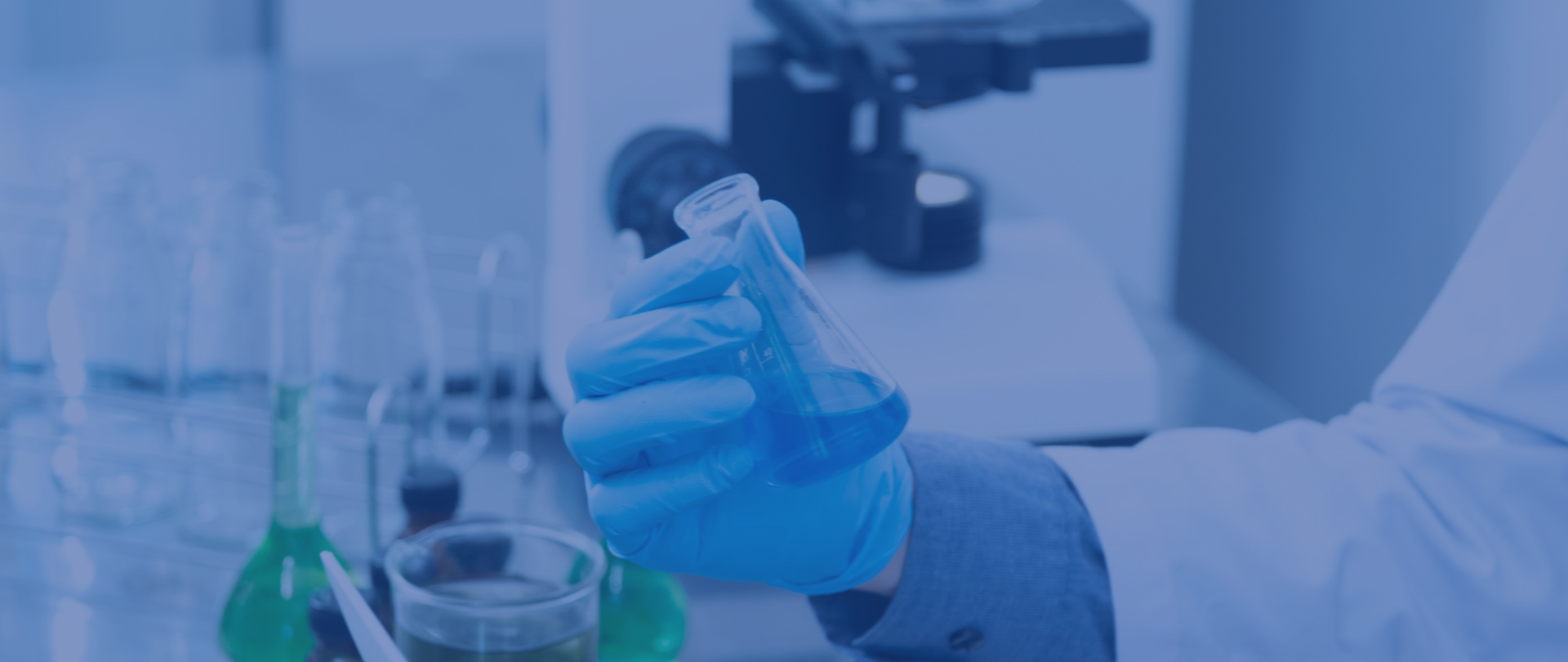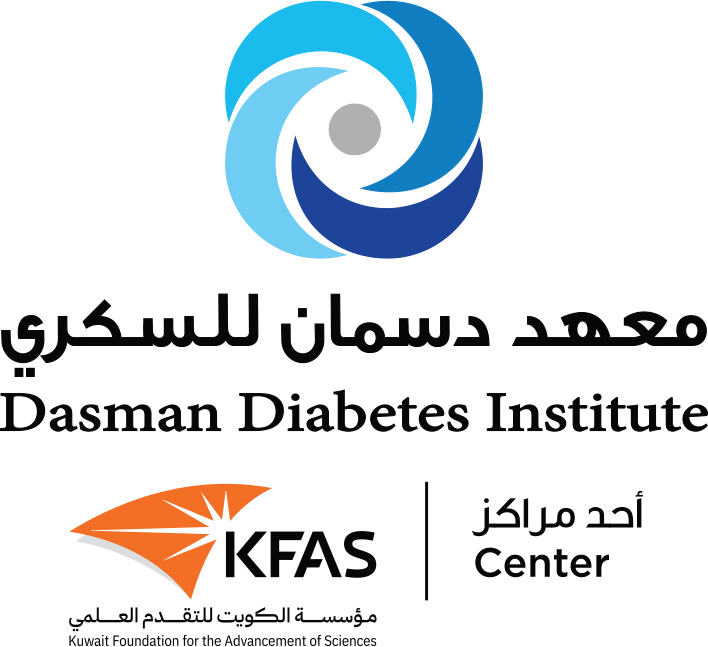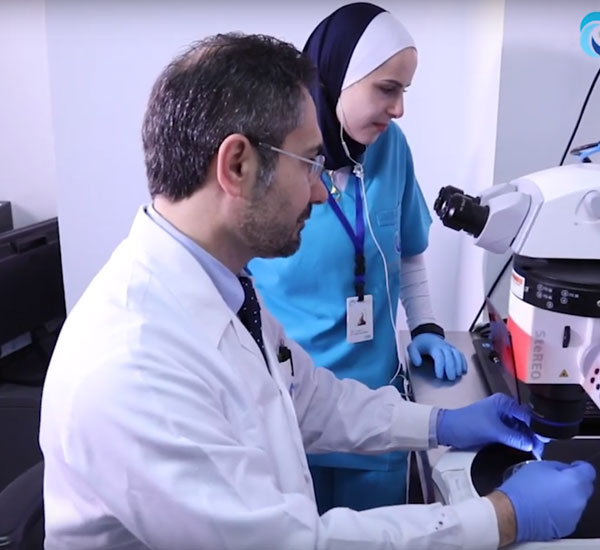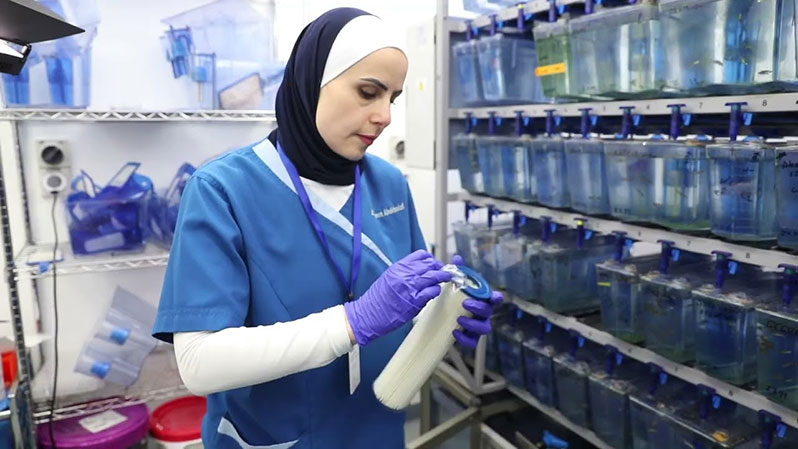Animal models are commonly used to study human diseases. Animals do share similar biological systems, genetic structure and immunological responses to humans. We usually use animal models for experimental purposes because they are easily handled and available in unlimited quantities. Rodents are the most commonly used experimental model because their genome closely resembles the human genome.
Despite the genomic similarity, rodents and zebra fish do not develop diabetes. Therefore, mutations must be introduced to the animal’s genome to mimic diabetes, or other diseases, in humans. Animal models are used at different stages of the research process, including the discovery, development and testing of new pharmaceuticals.
Our Services
Our Facility offers researchers useful biological systems and imaging tools to facilitate diabetes research. Our Facility provides training on the use of animals for research, according to international guidelines and standards, and offers animal care and handling services, including animal breeding, drug treatment and blood/tissue collection. Our state-of-the-art zebrafish housing facility aims to promote zebrafish research techniques, including embryo microinjection, CRISPR/Cas9 technology and morpholino oligonucleotide-mediated antisense gene-specific knockdowns.
Our Objectives
- Conduct animal model research as per international guidelines and standards.
- Train DDI researchers and interns regarding animal care and handling, biocontainment, inoculations, blood/tissues sample collection, survival surgeries, euthanasia, etc.
- Provide rodents/fish for research through in-house breeding.
- Provide in vivo imaging facility (IVIS).
- Broaden the scope of techniques available to DDI researchers.








